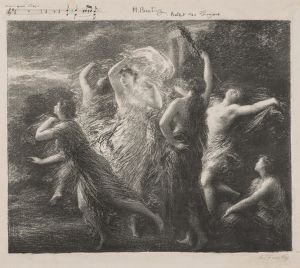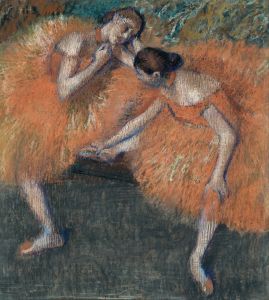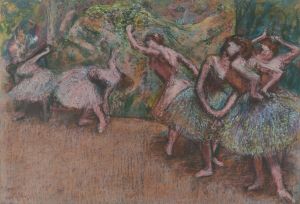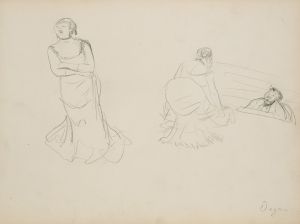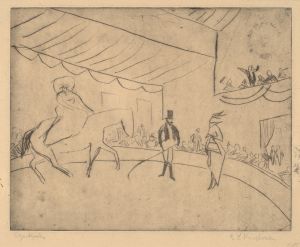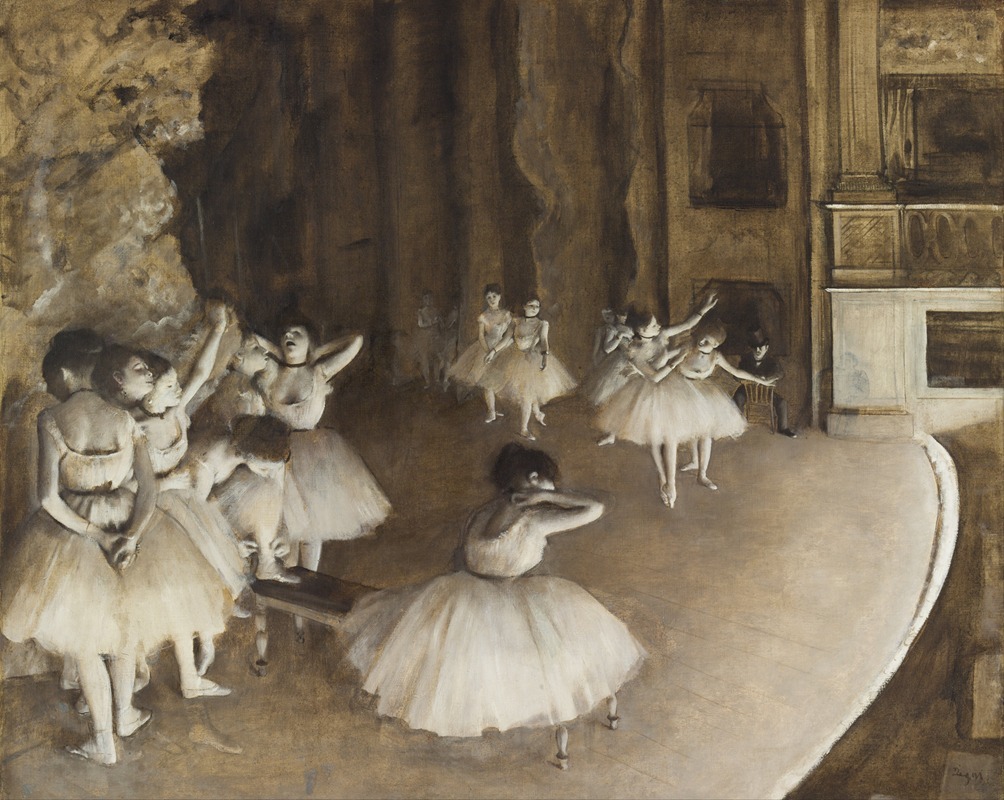
Ballet Rehearsal On Stage
A hand-painted replica of Edgar Degas’s masterpiece Ballet Rehearsal On Stage, meticulously crafted by professional artists to capture the true essence of the original. Each piece is created with museum-quality canvas and rare mineral pigments, carefully painted by experienced artists with delicate brushstrokes and rich, layered colors to perfectly recreate the texture of the original artwork. Unlike machine-printed reproductions, this hand-painted version brings the painting to life, infused with the artist’s emotions and skill in every stroke. Whether for personal collection or home decoration, it instantly elevates the artistic atmosphere of any space.
"Ballet Rehearsal On Stage" is a notable work by the French artist Edgar Degas, who is renowned for his depictions of dancers and the world of ballet. Painted in 1874, this artwork is part of Degas's extensive exploration of the ballet theme, which he pursued throughout his career. Degas's fascination with ballet was not only due to the aesthetic appeal of the dancers and their movements but also because it offered him a unique opportunity to study the human form in motion, a subject that was central to his artistic interests.
The painting captures a rehearsal scene at the Paris Opéra, a setting that Degas frequented and observed closely. In "Ballet Rehearsal On Stage," Degas presents a behind-the-scenes look at the ballet, focusing on the dancers as they practice and prepare for a performance. The composition is dynamic, with dancers scattered across the stage in various poses, some stretching, others adjusting their costumes, and a few engaged in conversation. This arrangement reflects Degas's keen observation of the informal and often chaotic nature of rehearsals.
Degas's technique in this painting is characterized by his use of soft, muted colors and loose brushwork, which convey a sense of movement and spontaneity. The lighting in the painting is particularly noteworthy; it highlights the dancers in the foreground while casting softer shadows in the background, creating a sense of depth and emphasizing the three-dimensional space of the stage. This use of light and shadow is a hallmark of Degas's work, demonstrating his skill in capturing the nuances of indoor lighting.
One of the distinctive features of "Ballet Rehearsal On Stage" is Degas's unconventional composition. He employs a high vantage point, looking down on the dancers, which was a departure from traditional perspectives in painting. This viewpoint allows the viewer to feel as though they are part of the rehearsal, observing the scene from a privileged position. Additionally, the painting includes elements that suggest the presence of an audience, such as the edge of the stage and the orchestra pit, further enhancing the realism of the scene.
Degas's interest in photography and Japanese prints is evident in this work. The cropping of figures at the edges of the canvas and the asymmetrical composition are reminiscent of photographic techniques and the influence of Japanese art, both of which were significant in Degas's artistic development. These elements contribute to the modernity of the painting, aligning it with the Impressionist movement, of which Degas was a key figure, although he preferred to be associated with the Realists.
"Ballet Rehearsal On Stage" is housed in the Musée d'Orsay in Paris, where it continues to be admired for its innovative composition and insightful portrayal of the ballet world. The painting is a testament to Degas's ability to capture the grace and discipline of ballet dancers while also revealing the less glamorous aspects of their profession. Through this work, Degas offers a glimpse into the dedication and hard work that underpin the art of ballet, making it a significant contribution to the genre of dance painting.





